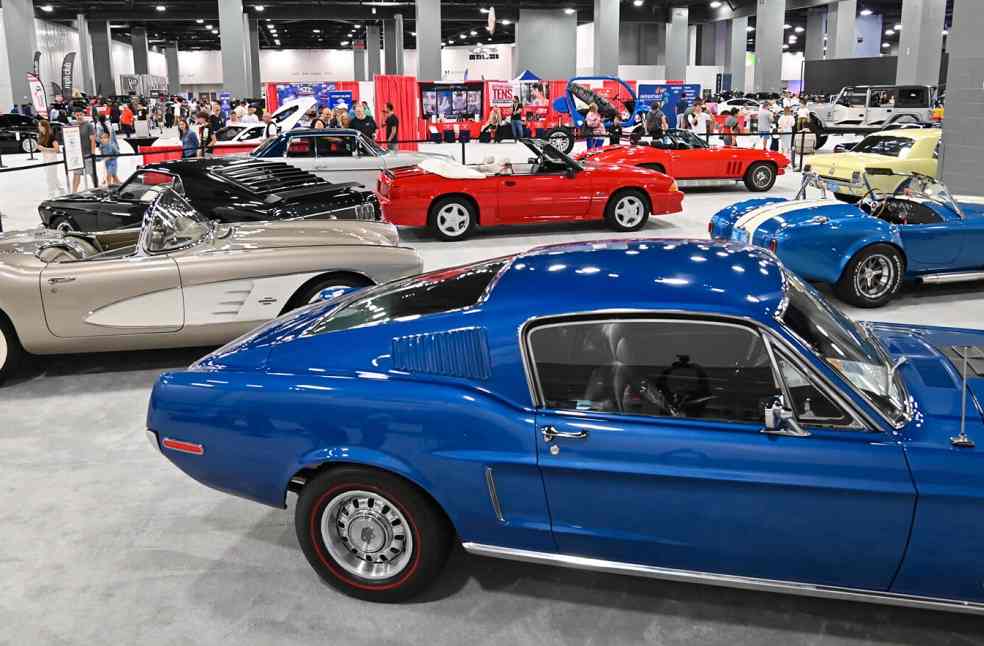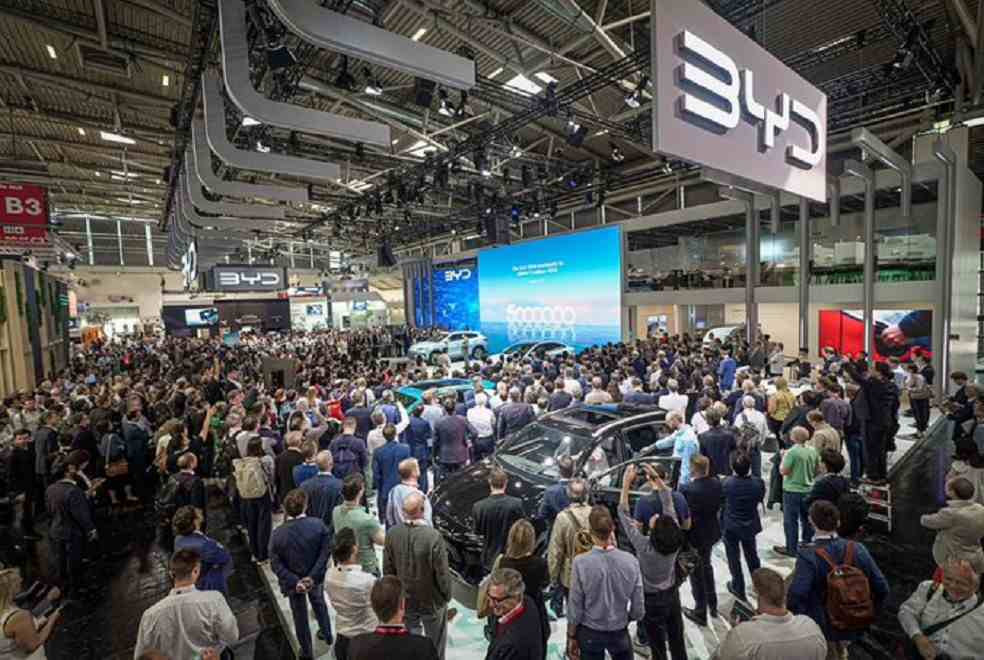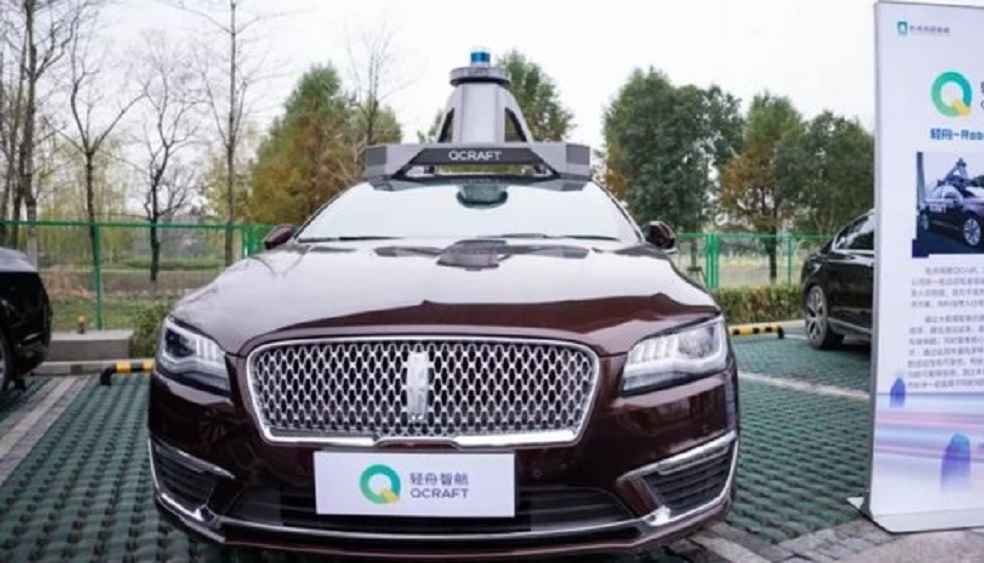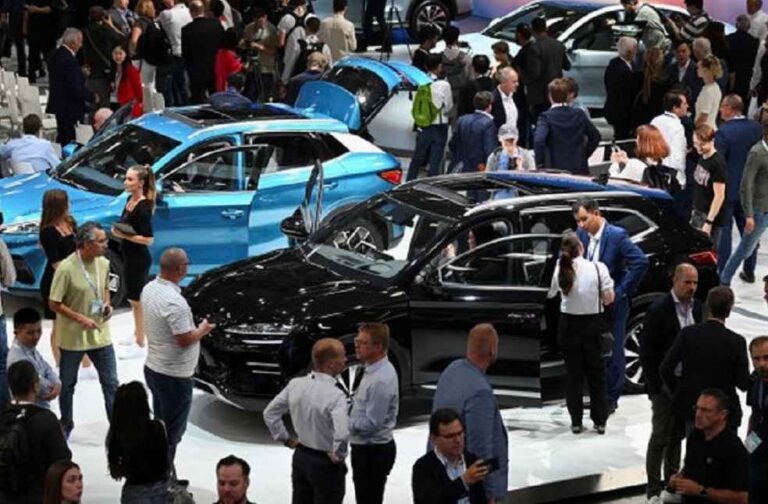As a tactical maneuver to tap into overseas markets, 50 Chinese auto parts suppliers and carmakers assembled at the IAA Mobility show in Munich, Germany, last week. This initiative is spearheaded by the China Automotive Industry Going Global Collaboration Council, which comprises established powerhouses like SAIC and emerging startups such as Avatr.
Jack Yu, president of Xuanyuan Academy and the brain behind the council highlighted that the surging global demand for new energy vehicles (NEVs) and the competitive advantage of Chinese companies are pivotal for their overseas ventures. Yu, who also serves as the editor-in-chief of the Automotive Business Review magazine, underscored the importance of sharing invaluable experiences and adopting a team-based approach to navigate the intricacies of global expansion.
This collaboration coincides with China’s remarkable progress in NEV exports. The China Association of Automobile Manufacturers revealed that from January to July, Chinese carmakers exported 636,000 NEVs, a staggering 150% increase compared to the same period last year. Additionally, the General Administration of Customs reported that China’s auto parts exports amounted to 541.13 billion yuan ($73.69 billion) in 2022, registering a 10.9% growth compared to the previous year.

Spotlight on Leading Chinese Innovators
The IAA Mobility show, which saw a surge in demand for Chinese products, featured SAIC, the country’s largest carmaker and vehicle exporter, showcasing its MG4 EV hatchback and MG Cyberster sports car. The MG4 EV has been well-received in Europe, recording over 10,000 units in monthly sales and constituting nearly 80% of the total sales of Chinese brands in Europe.
Avatr, supported by industry giants Changan, Huawei, and CATL, debuted its luxury sedan, the Avatr 12, in Munich. The vehicle, designed by its global design center in Munich, epitomizes the philosophy of ‘future elegance.’ Avatr anticipates initiating deliveries in China during the fourth quarter and venturing into international markets by 2024.
BYD, another industry leader, showcased six all-electric sedan and SUV models, including the European premiere of the Seal U. Since launching sales in Europe in October 2022, BYD has successfully entered 15 European countries in a mere 11 months.

Chinese startup Leapmotor unveiled its innovative vehicle architecture, LEAP 3.0, and the inaugural model built on it, the C10. Zhu Jiangming, chairman and CEO of Leapmotor, announced that all subsequent Leapmotor vehicles would be conceptualized and developed with an international perspective and comply with global standards. The IAA Mobility show marked the inception of Leapmotor’s globalization strategy, with ambitious plans to introduce five models built on this platform over the next two years in regions such as Europe, Asia-Pacific, the Middle East, and the Americas.
Impactful Presence of Chinese Auto Parts Suppliers
Chinese auto parts suppliers also made their presence felt at the event. Hesai Technology, a global frontrunner in auto lidar production, declared its partnership with German auto parts behemoth Webasto to supply its AT128 long-range lidar for roof sensor modules. Bob in den Bosch, senior vice-president of global sales at Hesai, expressed his aspiration for their lidar technology to be embraced by top automotive manufacturers and become a standard component in mass-produced vehicles.
Additionally, QCraft, a Chinese autonomous driving company, exhibited its Chengfeng-series driving-assist solutions. Yu Qian, co-founder and CEO of QCraft, viewed the event as a platform to exchange insights with other industry players and stressed the necessity for Chinese solutions in the age of smart NEVs.

The active participation of Chinese carmakers and auto parts suppliers at the IAA Mobility show reflects China’s resolve to broaden its horizons in the auto industry. With a team-based approach and a commitment to innovation, China is steadily progressing towards becoming a formidable force in the global automotive landscape.
LATEST | IAA Munich: Chinese EV Challenges European Dominance





